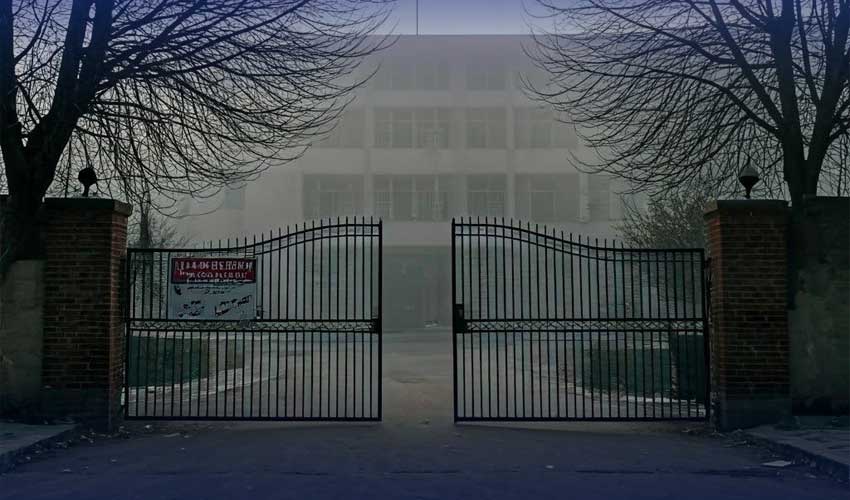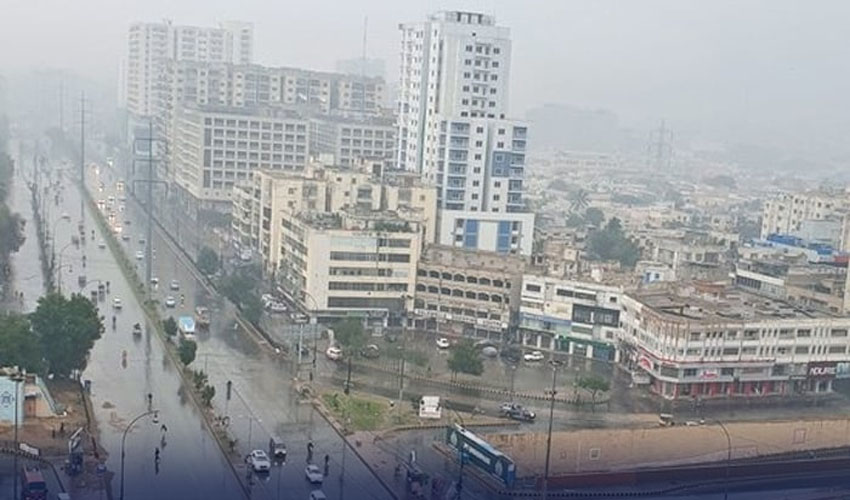The Federal Investigation Agency (FIA) Cybercrime Wing in Lahore presented Farhan Asif, the suspect in a case involving riots sparked by fake news in the UK, to the court on Thursday. The court granted a one-day physical remand of the suspect, ordering him to reappear in court tomorrow.
The court has also directed the FIA to submit a detailed investigation report by the next hearing.
Farhan Asif is accused of inciting riots in the UK by spreading fake news on social media. The FIA Cybercrime Wing registered a case against him under sections 9 and 10A of the Prevention of Electronic Crimes Act (PECA), following a complaint filed by a cybercrime technical assistant.
During the investigation, Asif confessed to the crime.
According to the first information report (FIR), the suspect shared pictures of a stabbing incident in the UK on his X (formerly Twitter) account, falsely attributing the crime to a 17-year-old Muslim boy, Ali Shakti. The fake news, which included an article posted on a website, wrongly accused the arrested individual of being Muslim, leading to widespread riots in the UK.
The FIR also mentioned that Farhan Asif admitted to providing false information to a foreign news channel. Authorities recovered two laptops and a mobile phone from the suspect, which were allegedly used in the crime. The devices will be examined as part of the ongoing investigation.
Cyberterrorism case filed
DIG Organized Crime Imran Kishwar held a press conference confirming that a case has been registered against Farhan Asif under the provisions of cyberterrorism. He stated that the suspect was involved in the riots that occurred in the UK due to the dissemination of fake news.
Kishwar further explained that the Organized Crime Unit conducted its investigation, revealing that Asif, who works as a freelancer on the web, intentionally named a Muslim as the perpetrator in the murder of three girls, instead of identifying the actual culprit.
In his press conference, the DIG also mentioned that Asif gave an interview to ITV, a private channel, during which he admitted that employees responsible for sharing the fake stories were dismissed. The targeted viewership of Farhan Asif's online activities was primarily the UK and Europe, according to the DIG.
The court has instructed the FIA to recover any additional evidence, including property and other items related to the case, and present it in the next hearing.
Significant developments in investigation
Meanwhile, significant developments have emerged in the investigation of Farhan Asif, who was arrested in Lahore in connection with riots and violent actions in the United Kingdom over fake news. According to the investigation team, Asif's social media activity played a crucial role in inciting the unrest.
On July 29, Farhan Asif, a 31-year-old web developer, posted fake news and fabricated information about the alleged murder of three girls in the UK. This post, which went viral, reportedly triggered a series of violent incidents.
Also Read: Man arrested in Lahore for spreading fake news linked to UK riots
The investigation has revealed that the caption of Asif's post falsely claimed the arrest of a 17-year-old, Ali Shakti, in the Southport murder case.
The investigation team discovered that Asif's post was based on fabricated information. "Violent incidents in the UK started due to Farhan Asif's post," said the investigation team.
Confession to crime
He admitted during questioning that he shared this false news with international media with the intention of causing blame to shift to another news forum. Asif also confessed to monetizing his social media platforms by spreading false information, which contributed to significant financial gains.
"The accused kept spreading lies and baseless news just by earning from social media," the investigation team said.
Further inquiries revealed that Asif had only travelled abroad once, which was in 2023, contrary to any assumptions about frequent international travel. His activities included maintaining a presence on social media platforms, where he generated revenue through monetization schemes.
In response to his actions, Asif's YouTube and Facebook accounts have been blocked in the UK. The investigation continues as authorities address the implications of Asif's actions on international social media regulations and public safety.
On Tuesday, Lahore police detained Farhan Asif in connection with the violent protests and riots that erupted in Britain following the spread of fake news. The suspect, who was apprehended from the Defence area of Lahore, is accused of disseminating false information regarding the identity of the killers of three girls in Britain, which allegedly sparked the unrest.
According to police sources, Farhan Asif works for a news platform in Pakistan as a freelancer. He has been handed over to the Federal Investigation Agency (FIA) for further investigation. The FIA confirmed that the false information provided by Asif, through a video post on social media, incited violent acts and controversies in the UK.
The British authorities had shared information about Asif's activities with the Pakistani government, leading to his arrest. The CIA Model Town Police conducted the operation that led to Asif's capture. Preliminary investigations have confirmed Asif's involvement in posting the fake news.
FIA officials have stated that a case is being registered against Farhan Asif under the provisions of cyberterrorism. The incident highlights the serious consequences of spreading misinformation and the cross-border implications it can have.



























